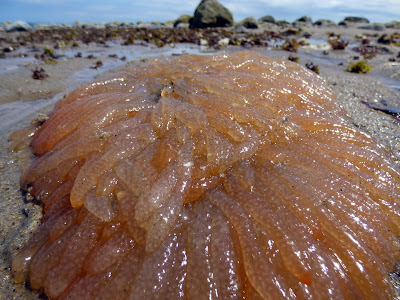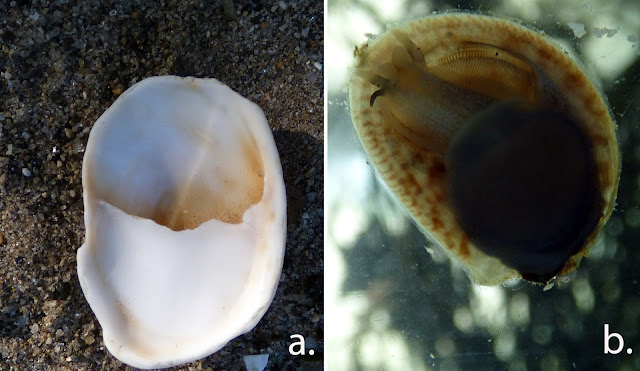
NATURE NEWS The white oak is full of strength and beauty published August 24 2016 in The York Weekly/Portamsouth Herald, etc. One of Aesops’ more famous fables, “The Oak and the Reed,” goes like this: "A very large White oak leaves have rounded lobes, bark is light gray Oak was uprooted by the wind and thrown across a stream." It fell among some Reeds, which it thus addressed: "I wonder how you, who are so light and weak, are not entirely crushed by these strong winds." They replied, "You fight and contend with the wind, and consequently you are destroyed; while we on the contrary bend before the least breath of air, and therefore remain unbroken, and escape. The moral: stoop to conquer" (from Project Gutenberg, translation by George Fyler Townsend). As a kid I always liked the plucky little reed in this fable, you’re supposed to. I still like the reed but I love the uncompromising strength of an old oak tree. Those huge,...



